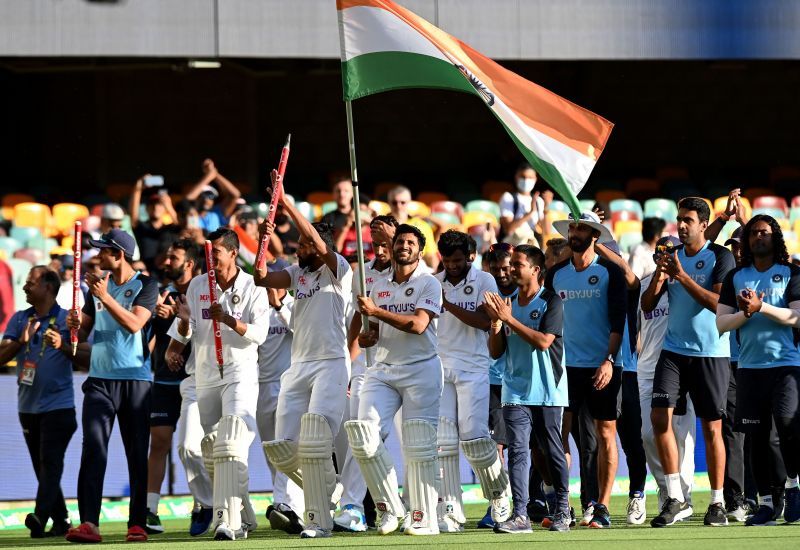
The five young fingers that combined to form a mighty fist for Team India
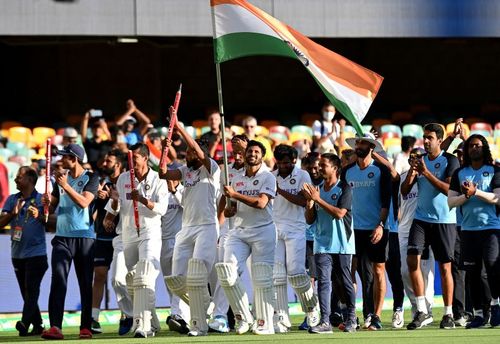
Some of us might still be feeling the hangover of Team India's historic win at the Gabba that sealed their second consecutive Test series triumph in Australia.
"Oh, there was neither Steve Smith nor David Warner", "It was just a walk in the park for India against a depleted Australian side", were some of the comments made a couple of years ago when Team India had won the Border-Gavaskar Trophy Down Under for the first time.
However, this time, there were no scope for such excuses as Australia were at their full strength. The beleaguered visitors, on the other hand, had been dealt a body blow even before a ball was bowled. Their best batsman - Virat Kohli - was set to leave the Australian shores on paternity leave after the first Test.
A near full-strength Indian side were annihilated inside three days at the Adelaide Oval as Australia's pink-ball dominance continued. The visitors, with no Kohli in their side, were soon written off and no pundit believed they could stage a comeback.
Things were only going to get worse for the visitors as a series of horrific injuries began soon after. Team India went on to lose more than half a dozen of their first-team players through some or the other injury. However, the one special thing about this team was that they always found someone who could raise their hand and pull them out of trouble.
In Melbourne, it was the skipper Ajinkya Rahane who led from the front with a fine hundred and helped Team India level the series. In Sydney, it was an injured Hanuma Vihari who was assisted by a bruised Ravichandran Ashwin, to take the visitors to safety. Cheteshwar Pujara once again proved why he was a valuable asset to this team, playing 928 balls throughout the series.
In the end, Team India's unexpected success reached its pinnacle where nobody expected it to - The Gabba, a veritable Australian fortress. There were also reports of Team India being hesitant to travel to Brisbane due to fear of a hard quarantine being imposed on them. Former Australian players even claimed that the visitors were intimidated by the hosts' supremacy in Brisbane.
But keeping all the white noise aside, the visitors were glued together as a team, and dished out a performance for the ages. Ending Australia's 32-year-old supremacy at the Gabba, the Indians also sealed the Border-Gavaskar Trophy, 2-1, and proved emphatically that they should never be taken for granted.
As the tricolor soared high in the skies of Brisbane, five young guns of Team India led Team India's victory lap. These five made full use of the opportunities given to them and combined together to help the visitors pull off a miracle under the most testing circumstances. More importantly, these five players made us believe that the future of Indian cricket is in safe hands.
Let's have a look at these five big positives to have come out from the Border-Gavaskar Trophy
Team India's shining lights from the Border-Gavaskar Trophy
5. Washington Sundar
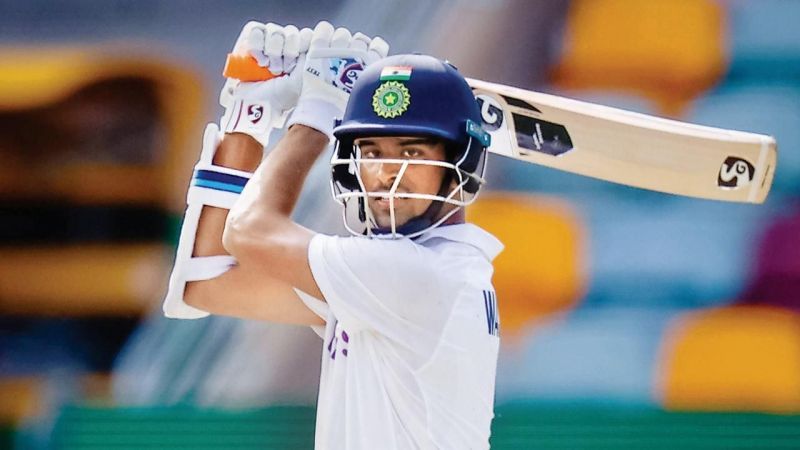
What are the odds of making your Test debut in a team that consists of Ravichandran Ashwin, Ravindra Jadeja and Kuldeep Yadav ahead of you in the pecking order? Close to none, right? Same was the case with young Washington Sundar.
In fact, the youngster was taken to Australia as a T20 specialist, and was only told to wait for the Tests as a net bowler. However, little did he know what destiny had in store for him.
A broken thumb for Jadeja, coupled with a back spasm for Ashwin in the Sydney Test meant that Team India didn't have a spinner who could also bat in their first team. Only two alternatives were in front of the visitors - either play an experienced spinner in Kuldeep Yadav and make your batting thinner, or bring in Sundar, who gave the side perfect balance, and hand him a Test debut.
For someone to play Test cricket after not having played a single first-class game since 2017, is an unbelievable feat. Naturally, many eyebrows were raised when Sundar became the 301st player to represent Team India. Many felt it was harsh on Kuldeep, who had taken a five-wicket haul the last time he played a Test match Down Under.
But, the 21-year-old answered his critics in style, contributing with both bat and ball at the Gabba. He justified his selection in the team as an all-rounder and proved he had the temperament to not only survive but also thrive at the Test level.
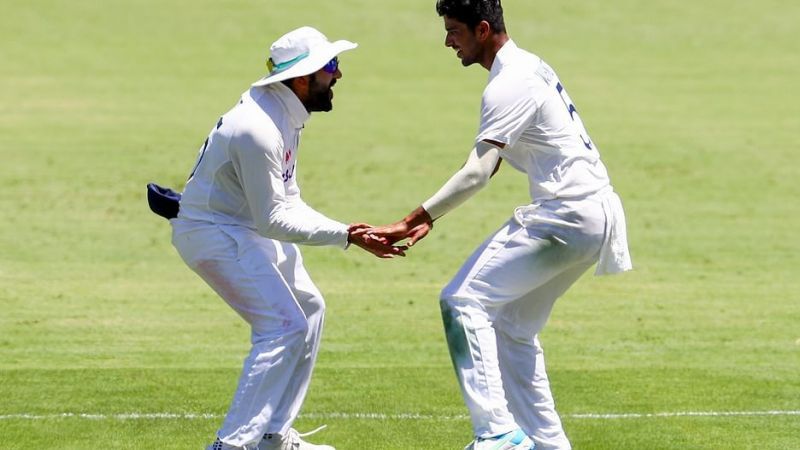
Picking up Steve Smith as your first Test wicket is always good for starters. But Sundar bettered it with three more wickets in the game, that too at crucial intervals. He had a bigger impact with the bat though, and his first two innings in the Test arena were enough to prove that he had what it takes to be a perfect No.7 for Team India.
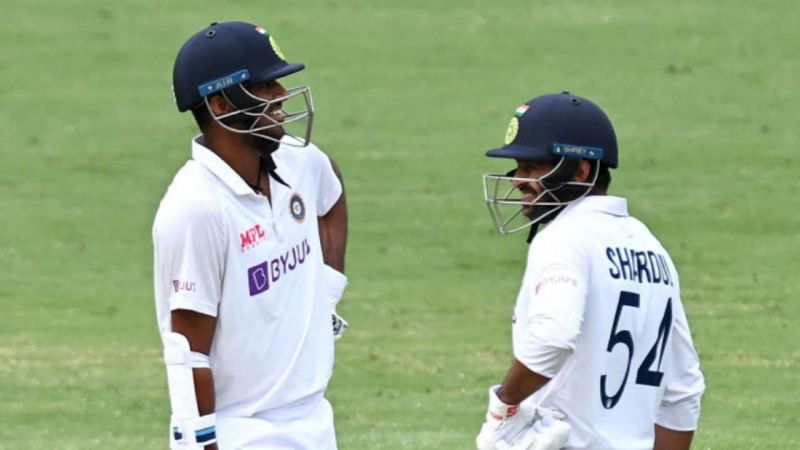
With Team India reeling at 186-6, Sundar added a game-changing 123 runs for the 7th wicket alongside Shardul Thakur, and brought the hosts right back into the fourth Test. His 60 runs were crucial in assuring that the visitors didn't give away a huge first innings lead.
In the second innings, Sundar walked out to bat with Team India in an extremely tricky situation. Pat Cummins was steaming in with the second new ball, having already picked up two wickets. Another wicket and Australia could have exposed the Indian tail. However, Sundar strung together a brilliant 53-run partnership with Rishabh Pant and brought Team India within 10 runs of a memorable victory.
The way in which he got dismissed - trying to reverse sweep a ball when it was not needed - exposed his inexperience at the top level. However, he has shown immense promise and pedigree and could become a true match-winner for Team India.
4. Shardul Thakur
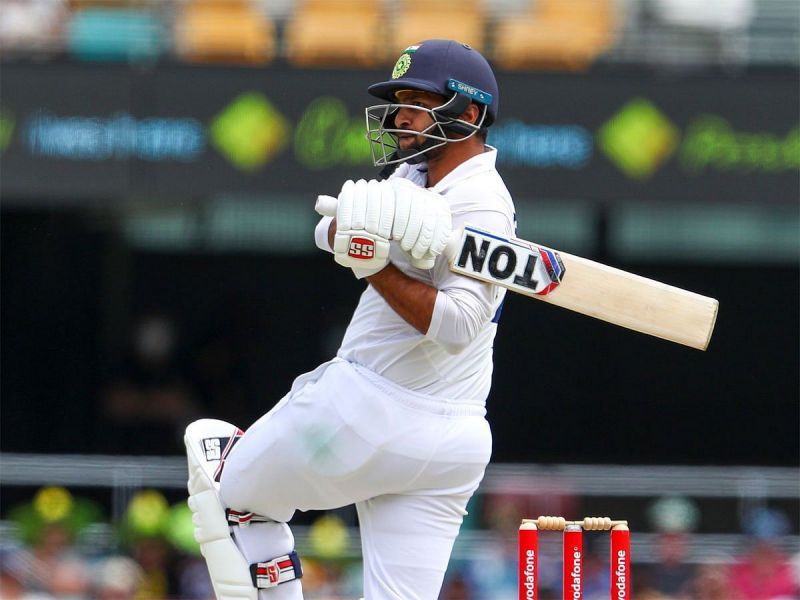
Mumbai, over the years, has been famous for "khadus" (miserly) batsmen that they have produced. The likes of Sunil Gavaskar, Dilip Vengsarkar, Sachin Tendulkar, Rohit Sharma, Ajinkya Rahane,etc. - the list of great batsmen produced by Mumbai is endless.
However, a certain 29-year-old, who has been a late bloomer, entered the Indian team through his fantastic bowling performances for Mumbai, and in just one game has earned a reputation of being the seaming all-rounder Team India were craving.
He is none other than Shardul Thakur. He had made his Test debut for India back in 2018 against the West Indies. However, that lasted just 10 balls as he injured himself and walked off the field.
More than two years later, Thakur got an opportunity to represent his country in the longest format. Having been in and out of the white-ball sides, the 29-year-old knew he had to make the most of his chance in red-ball cricket, and boy did he make it count!
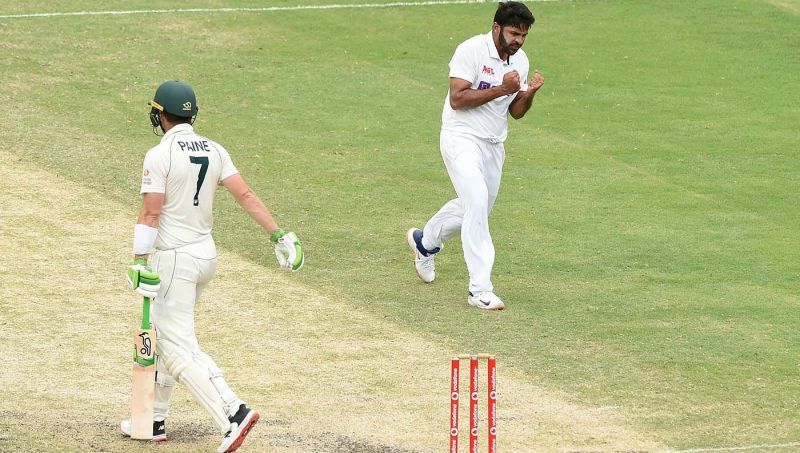
Picking up 7 wickets in the game, Shardul Thakur swung the ball and troubled the Australian batsmen. With the bat, he produced arguably the partnership of the series with Sundar and brought Team India back into the Gabba Test.
The visitors won at the Gabba after looking down and out at one stage and Thakur has had an massive contribution to the comeback. If he can improve his batting and score runs consistently, Team India could have another genuine all-rounder on their hands.
3. Shubman Gill
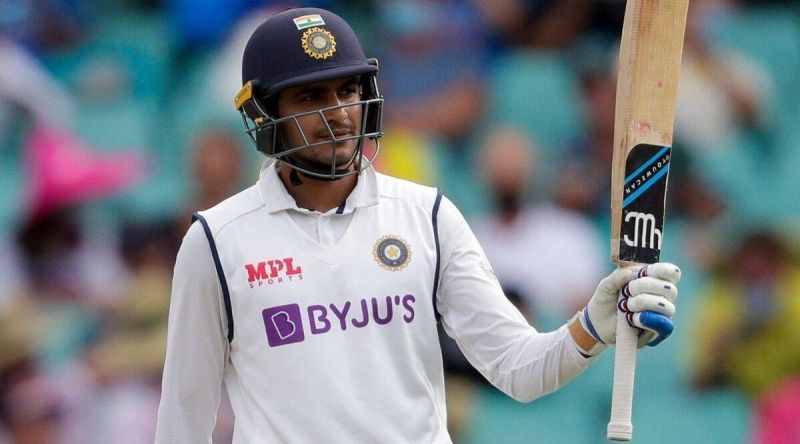
Scoring a truckload of runs in domestic cricket consistently is one of the longest but most effective ways of getting into the Indian Test team. At 21 years of age, Shubman Gill has achieved something young aspiring cricketers could only dream of.
Gill had to wait for his chance for about couple of years as the likes of Mayank Agarwal, Rohit Sharma and Prithvi Shaw were ahead of him in the pecking order. But the poor form of Shaw, coupled with the unavailability of Rohit for the first two Tests, prompted the Indian team management to hand a Test debut to the youngster at the MCG.
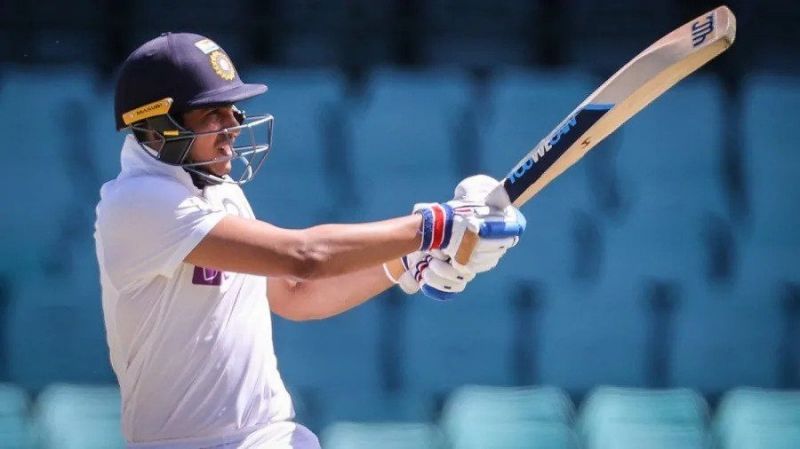
He always had the talent, but whether he had the temperament was what needed to be seen. Gill scored a crucial 80 runs in his debut Test and remained unbeaten in the second innings to be a part of one of the finest comeback wins in the history of Indian cricket.
With the return of Rohit for the third Test, there were question marks over Gill's place in the playing XI. However, he was persisted with and formed a fine opening partnership with the 33-year-old. The duo added 70 and 71 runs in both the innings at the SCG respectively. Gill also brought up his maiden half century in Sydney and repaid the faith shown in him.
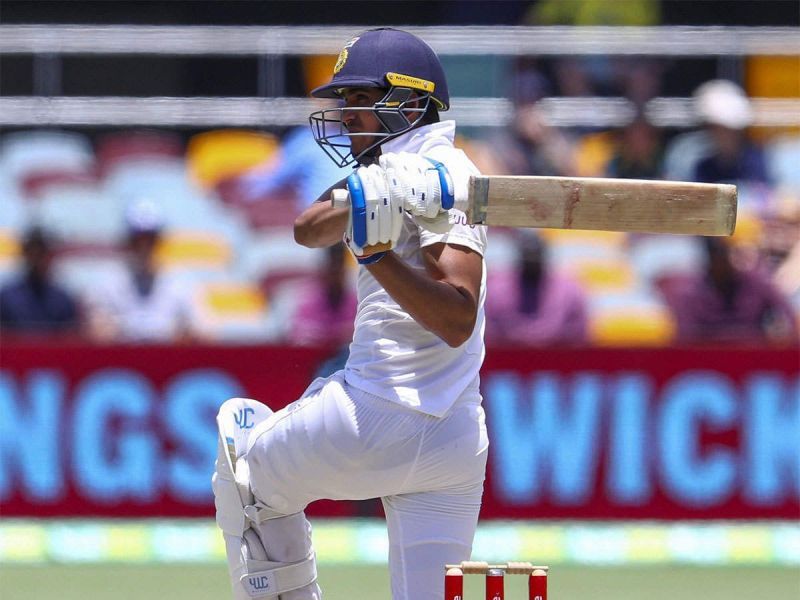
However, his best performance for Team India so far came at the Gabba on the final day of the series. Chasing 324 runs to win on Day 5, Team India lost Rohit early. But Gill's counter-attacking batting ensured that Australia were back under pressure. He played a fine knock of 91 and added 114 runs for the second wicket with Cheteshwar Pujara, which set the stage for a historic Indian win.
Thus, just three Tests old, Shubman Gill already looks the real deal and someone who will represent Team India possibly for a very long time.
2. Mohammed Siraj
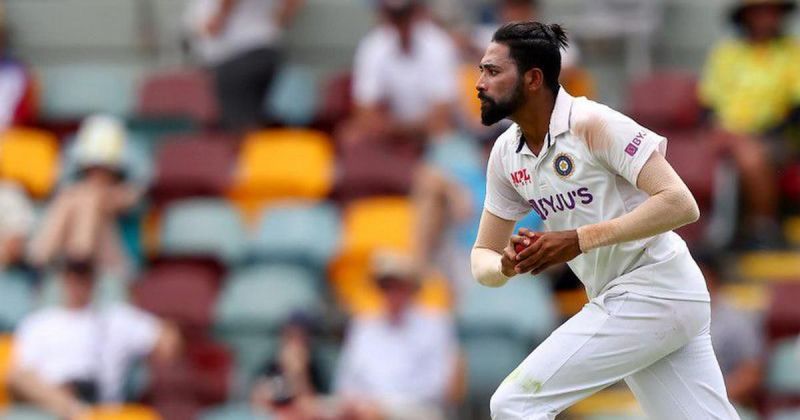
Probably the most painful emotion to go through in life is the loss of your loved ones. And to not be present for seeing them one last time is even more painful. However, as a good son, Mohammed Siraj wanted to fulfill his late father's ultimate wish - to see him playing Test cricket for India.
Siraj was undergoing hard quarantine in Sydney, preparing for the Test series, when he got the news about his father passing away. But he made the bold decision of staying back and representing his country. He got his chance in the Boxing day Test when he replaced an injured Mohammed Shami.
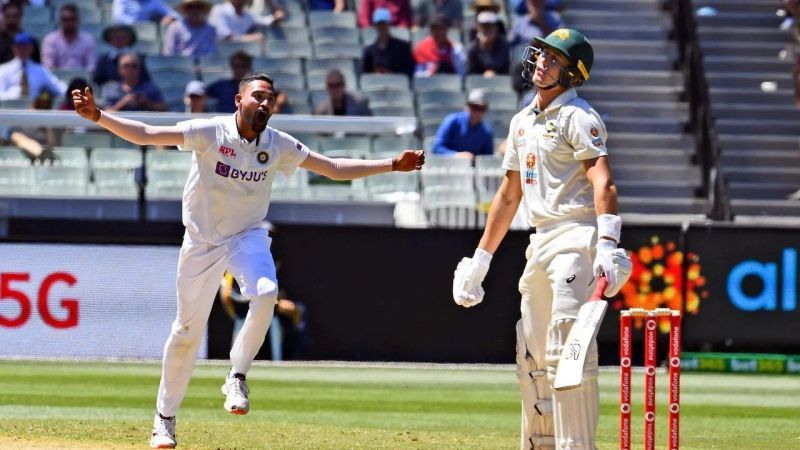
Trapping Marnus Labuschagne through a well-packed leg-side field showed that Siraj was not only just a line and length bowler, but also had the ability to think out of the box and deliver what his captain asked him to. Picking up a total of five wickets in that game, Siraj more than made up for the absence of both Shami and Umesh Yadav, with the latter pulling his calf muscle in the second innings.
Siraj bowled decently in Sydney, but he had to go through emotional turmoil. The 26-year-old allegedly faced racial abuses from a section of the SCG crowd and immediately informed the umpires about it.
While Siraj was well supported by other senior Indian players at the SCG, he had another unique challenge to overcome at the Gabba. Absence of Jasprit Bumrah and Ashwin through injuries meant that Team India had to field a five-pronged inexperienced bowling attack in the series decider.
Having just bowled 519 deliveries in Test cricket, Siraj suddenly found himself leading Team India's pace attack. However, not being fazed by the added responsibility, Siraj and other bowlers picked up 20 Australian wickets at the Gabba, something that had happened only thrice in the past 32 years.
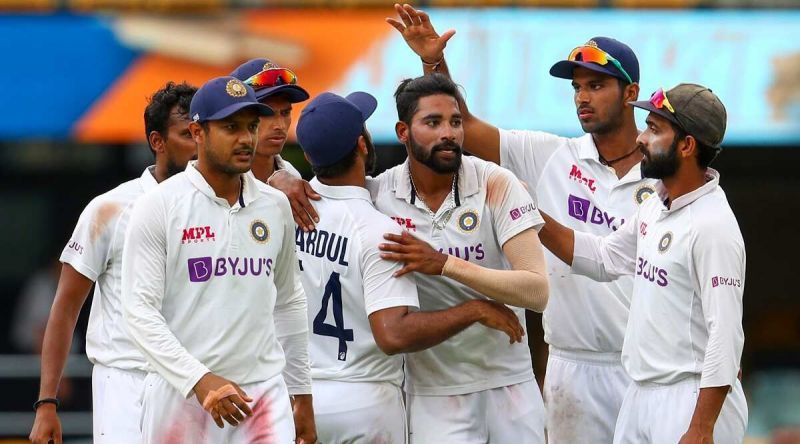
Moreover, Siraj also became the first Indian player to grab a five-wicket haul at the Gabba. His figures of 5-73 in the second innings ensured that Team India were not chasing down a total which was out of their reach.
Raising the ball with pride, Siraj led his team to the dressing room. He returned as the highest wicket-taker for Team India in the series with 13 scalps to his name.
1 Rishabh Pant
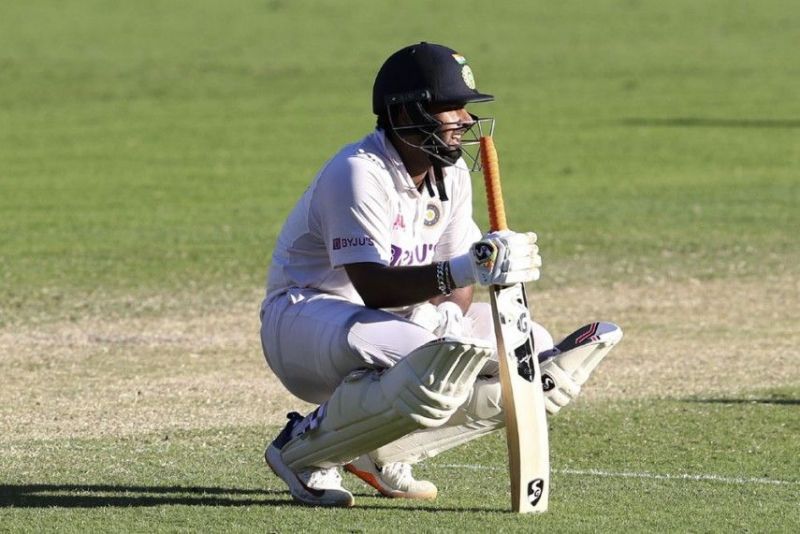
Arguably the most talked-about cricketer in the country after making his international debut, Rishabh Pant has been the biggest positive for Team India Down Under. The 23-year-old came of age and proved why he is a valuable asset that needs to be looked after carefully.
The 23-year-old had a poor last 12 months in white-ball cricket, where he saw KL Rahul replacing him as Team India's first-choice wicketkeeper. He also had a poor IPL 2020 season and was immediately dropped from India's white-ball squads for the Australian tour.
He was Team India's highest run-scorer in the 2018-19 Border-Gavaskar Trophy and had made a fine hundred in the pink-ball practice game leading up to the first Test.
But the Indian team management always had this conundrum of whether to play the better wicketkeeper (Wriddhiman Saha) or the better batsman (Rishabh Pant). The think tank went with the former at the Adelaide Oval and Pant was inexplicably left out.
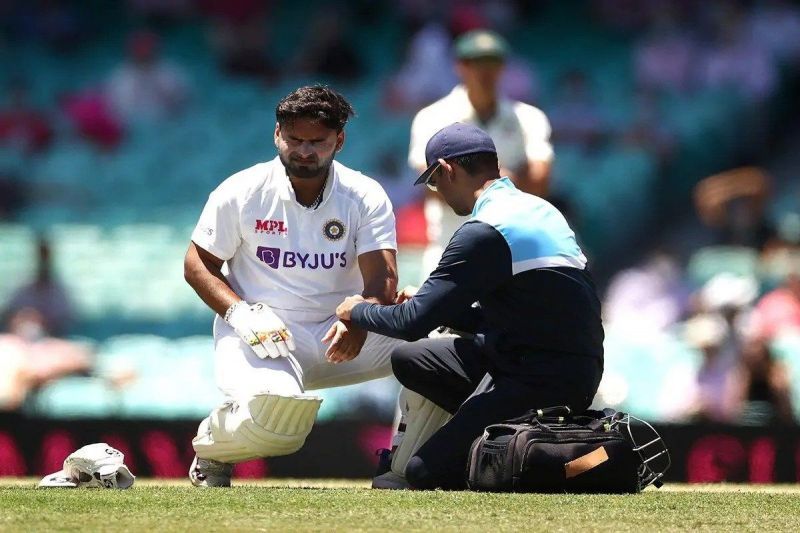
However, the 23-year-old got his chance in the second Test at the MCG. He made a quickfire 29 and gave the Indian innings the much-needed momentum. Rishabh Pant also got off to a start in the first innings at the SCG but was rattled by a short ball from Cummins that hit his elbow.
The youngster was taken for scans after the first innings, but thankfully there was no fracture. Team India required 309 runs on the final day to pull of a magnificent win, but were already a batsman short with Jadeja having dislocated his thumb.
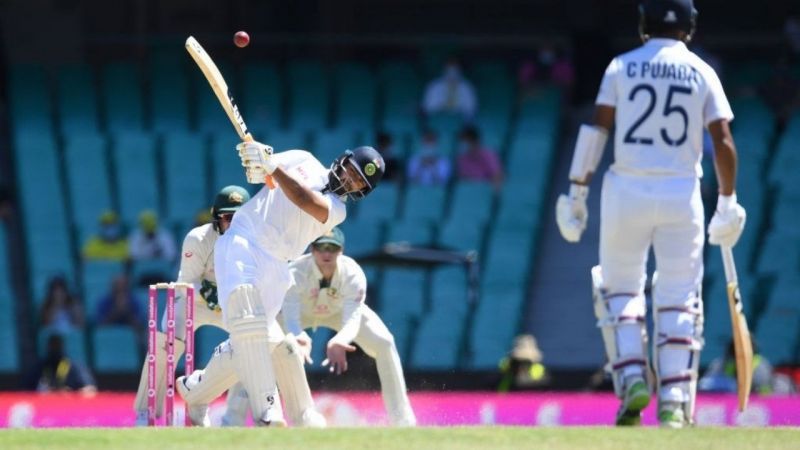
Rishabh Pant was sent ahead of Hanuma Vihari and it proved to be a masterstroke. The left-hander played a blistering knock of 97 that completely unsettled the hosts. With 12 fours and 3 huge sixes, Pant had given Team India a genuine chance of pulling off an unbelievable chase.
However, his dismissal, coupled with an injury to Vihari, meant that the visitors had to fight hard to salvage a creditable draw. Like Siraj and Gill, Pant's main test was waiting at the Gabba.
With 162 runs still required in about 43 overs, the stage was set for the 23-year-old to win the game and the series for his country. Pant formed a brilliant partnership with Pujara and the duo mixed caution and aggression brilliantly. After adding 61 runs with Pant, Pujara was dismissed by Cummins off the second new ball. Agarwal soon followed and it was then down to Pant to help Team India avoid defeat.
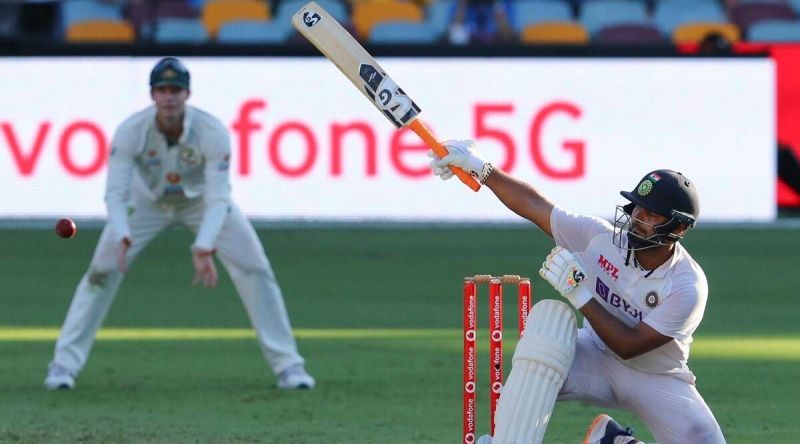
Many players would have shut shop at this point and would have been content with a draw as it was enough for Team India to seal the Border-Gavaskar Trophy. However, it was the exuberance and flair of youth that made the visitors believe they could still win it.
Pant kept on playing each ball on its merit and did not miss out on scoring opportunities. He added a crucial 53 runs with Sundar that all but sealed the game in India's favour. Hitting the winnings runs, Pant immortalized himself in Indian cricket history. His 89* helped Team India become the first team to beat Australia at the Gabba since 1988.
For a player who receives a lot of criticism for his poor shot selection and temperament, Pant had silenced his critics in fine style. He may not be the best of wicketkeepers available and it was witnessed when he dropped a couple of catches in Sydney. However, he has proved that he is a match-winner with the bat and thus deserves a place in Team India's playing XI across all formats.
Thus, without their captain, losing more than six first-team players through injuries, facing mind games from the Australian media and former players, facing racial abuse and unnecessary banter, absolutely nothing stopped this spirited Team India from winning their second consecutive Border-Gavaskar Trophy Down Under.
This proves that the visitors' win in 2018-19 was not due to the absence of Smith and Warner, but was due to their sheer talent and ability. With this emphatic series win, Team India have proved that if there is enough will, nothing is impossible.